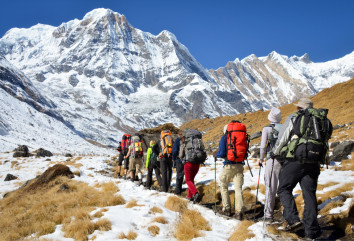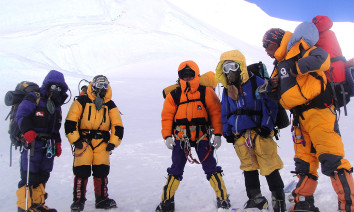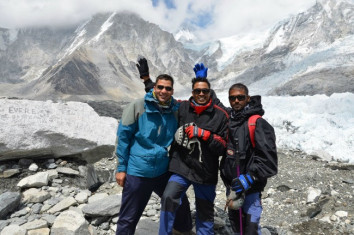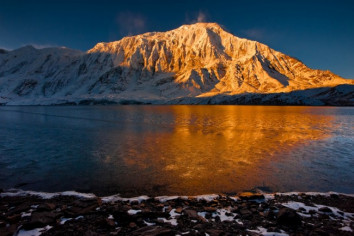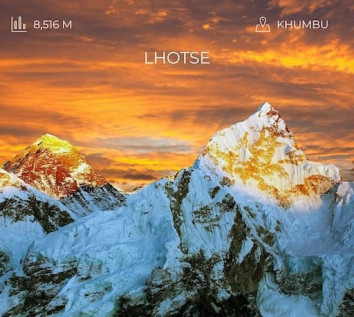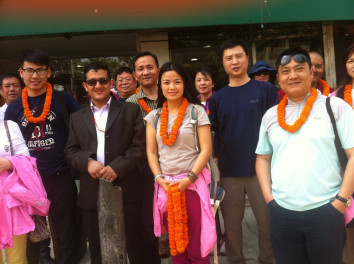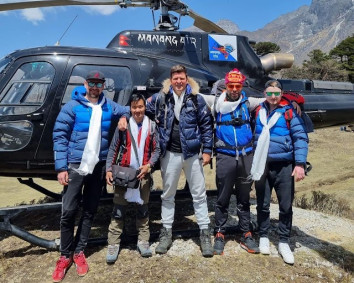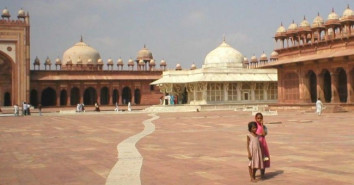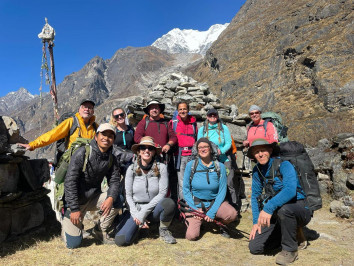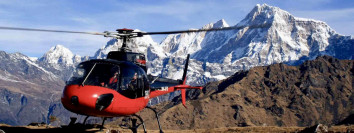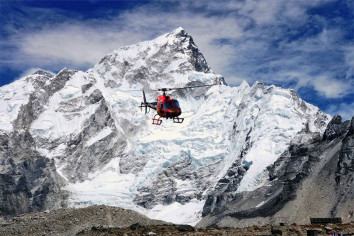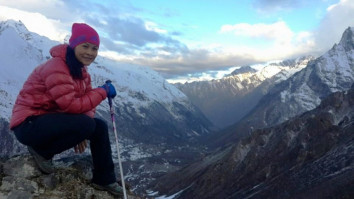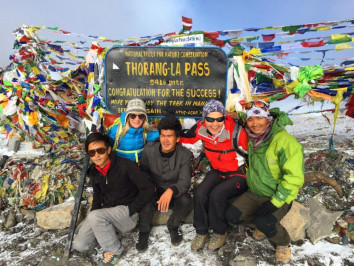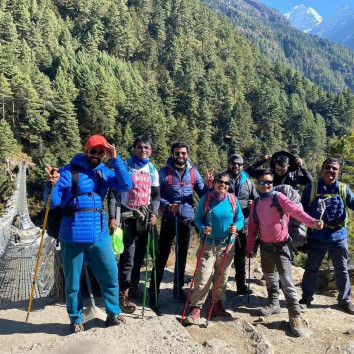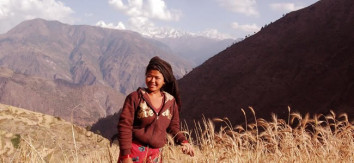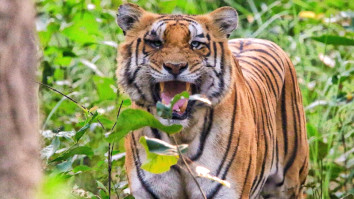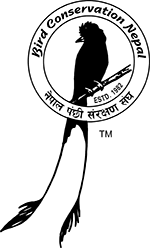1st May, 2023
How to Climb Mount Everest From India?
To climb Mount Everest, the highest peak in the world, from India, you will need to join an organized expedition and follow a specific route. Here's a general guide on
Table of Contents
How to Climb Mount Everest from India:
Obtain Climbing Experience: Climbing Mount Everest is an extremely challenging and dangerous endeavor. It is crucial to have prior climbing experience and skills. Start by gaining experience on other high-altitude mountains and successfully summiting peaks above 8,000 meters, such as Cho Oyu or Manaslu.
-
Join an Expedition: Research and connect with reputable Mountaineering agencies that organize expeditions to Mount Everest. These agencies provide logistics, equipment, permits, guides, and Sherpa support. Choose an expedition that suits your experience level and budget.
-
Acquire Permits and Documentation: Obtain the necessary permits and documentation required for climbing Mount Everest. This includes obtaining an Indian Mountaineering Foundation (IMF) clearance, a permit from the Nepal Mountaineering Association (NMA), and securing other required documents such as travel visas and travel insurance.
-
Training and Preparation: Engage in physical training and conditioning to improve your strength, endurance, and climbing skills. This may involve a combination of cardiovascular exercises, strength training, hiking, and altitude training. Consult with experienced mountaineers or hire a personal trainer to create a customized training plan.
-
Travel to Kathmandu: Most expeditions to Mount Everest start from Kathmandu, Nepal. Make travel arrangements to reach Kathmandu and plan to spend several days there for pre-climbing preparations. During this time, you will attend briefings, meet your expedition team, and ensure all equipment and supplies are in order.
-
Trek to Everest Base Camp: The standard route to climb Mount Everest starts with a trek to Everest Base Camp (EBC) in Nepal. The trek begins from Lukla and follows the trail through the Khumbu region, passing through Namche Bazaar, Tengboche, Dingboche, and Lobuche before reaching EBC. This trek takes approximately 12-14 days and allows for acclimatization to the altitude.
-
Climbing Period: Once at Everest Base Camp, you will spend several weeks acclimatizing and preparing for the summit push. The expedition will follow the established route, typically climbing through several camps, including Camp 1, Camp 2, Camp 3, and Camp 4 (also known as the South Col), before attempting the summit push.
-
Summit Attempt: The final summit push involves ascending from Camp 4 to the summit of Mount Everest. This is a highly challenging and physically demanding phase that requires careful pacing, teamwork, and adherence to safety protocols. Depending on weather conditions and individual fitness, the climb from Camp 4 to the summit and back can take several days.
It's important to note that climbing Mount Everest is an extremely hazardous endeavor, and it is vital to prioritize safety, physical fitness, and proper acclimatization throughout the expedition. It is highly recommended to join an experienced and reputable expedition team with qualified guides and Sherpas who can provide guidance, support, and ensure the highest level of safety during the climb.
When venturing into the mountains, it's important to prioritize safety to ensure a positive and enjoyable experience. Here are some tips to help you stay safe in the mountains:
List of Indian summiters of Mount Everest
Here is a list of notable Indian climbers who have successfully summited Mount Everest:
-
Tenzing Norgay: Although Tenzing Norgay was of Nepali-Indian descent, he is often considered as an Indian climber due to his long association with India. He, along with Sir Edmund Hillary, became the first individuals to reach the summit of Mount Everest on May 29, 1953.
-
Bachendri Pal: Bachendri Pal is the first Indian woman to summit Mount Everest. She achieved this feat on May 23, 1984, as a member of the Indo-Nepalese Women's Everest Expedition.
-
Phu Dorji: Phu Dorji, an Indian Army soldier, reached the summit of Mount Everest on May 20, 1984. He was a member of the first successful Indian Army expedition to Everest.
-
Santosh Yadav: Santosh Yadav became the first woman in the world to climb Mount Everest twice. She achieved this remarkable feat in 1992 and 1993.
-
Major A.P. Sundeep: Major A.P. Sundeep reached the summit of Mount Everest on May 27, 2005. He was a part of the Indian Army's Everest Expedition.
-
Premlata Agarwal: Premlata Agarwal is the oldest Indian woman to summit Mount Everest. She achieved this feat at the age of 48 on May 20, 2011.
-
Arunima Sinha: Arunima Sinha is the first female amputee to climb Mount Everest. She successfully reached the summit on May 21, 2013, becoming an inspiration for many.
-
Love Raj Singh Dharmshaktu: Love Raj Singh Dharmshaktu is the first Indian to summit Mount Everest six times. He accomplished this remarkable feat in 2012, 2013, 2016, 2017, 2018, and 2019.
-
Satyarup Siddhanta: Satyarup Siddhanta became the youngest mountaineer from India to climb the highest peaks of all seven continents, including Mount Everest. He completed this achievement on May 21, 2016, at the age of 23.
-
Bhawna Dehariya: Bhawna Dehariya became the youngest woman from India to summit Mount Everest. She achieved this feat on May 16, 2019, at the age of 25.
These are just a few notable examples of Indian climbers who have successfully scaled Mount Everest. There are many other courageous individuals from India who have also reached the summit of the world's highest mountain.
Everest Submitter In India By State
Here is a list of Indian states and the number of individuals from each state who have successfully summited Mount Everest as of my knowledge cutoff date in September 2021. Please note that these numbers may have changed since then:
State-wise Count
State-wise Count
| State | Count |
|---|---|
| Maharashtra | 16 |
| Uttarakhand | 11 |
| Himachal Pradesh | 9 |
| West Bengal | 8 |
| Haryana | 7 |
| Karnataka | 5 |
| Punjab | 4 |
| Delhi | 3 |
| Tamil Nadu | 3 |
| Rajasthan | 2 |
| Andhra Pradesh | 1 |
| Assam | 1 |
| Bihar | 1 |
| Chhattisgarh | 1 |
| Gujarat | 1 |
| Jammu and Kashmir | 1 |
| Kerala | 1 |
| Madhya Pradesh | 1 |
| Manipur | 1 |
| Meghalaya | 1 |
| Mizoram | 1 |
| Nagaland | 1 |
| Odisha | 1 |
| Uttar Pradesh | 1 |
Please note that these numbers represent individuals who have successfully summited Mount Everest and may not reflect the total number of climbers from each state who have attempted the climb. Additionally, the number of successful summits may have increased since my last knowledge update.
List of Indian Woman Who Climbed Mount Everest
Here is a list of notable Indian women who have successfully climbed Mount Everest as of my knowledge cutoff date in September 2021. Please note that this list may not be exhaustive, and there may be other Indian women who have also achieved this feat:
-
Bachendri Pal: The first Indian woman to reach the summit of Mount Everest in 1984.
-
Santosh Yadav: The first woman to climb Mount Everest twice, in 1992 and 1993.
-
Premlata Agarwal: The oldest Indian woman to climb Mount Everest at the age of 48 in 2011.
-
Arunima Sinha: The first female amputee to climb Mount Everest, reaching the summit in 2013.
-
Krushnaa Patil: The youngest Indian woman to successfully climb Mount Everest at the age of 19 in 2009.
-
Anshu Jamsenpa: The first Indian woman to summit Mount Everest twice within a span of five days, first in 2011 and then again in 2013.
-
Malavath Purna: The youngest female climber in the world to reach the summit of Mount Everest at the age of 13 in 2014.
-
Anoushka Sharma: Became the youngest Indian woman to summit Mount Everest at the age of 15 in 2020.
-
Shivangi Pathak: One of the youngest Indian women to climb Mount Everest at the age of 16 in 2018.
-
Nahida Manzoor: The first Kashmiri woman to successfully climb Mount Everest in 2021.
These remarkable women have demonstrated determination, resilience, and a passion for mountaineering, inspiring others with their achievements on the world's highest peak.
How Much Does it Cost for an Indian to Climb Everest?
The cost of climbing Mount Everest can vary significantly depending on various factors such as the route, expedition operator, services provided, and individual choices. Climbing Mount Everest is a costly endeavor due to the logistics, equipment, permits, and support required.
For an Indian national, the cost of climbing Mount Everest can range from approximately $35,000 to $90,000 or more. However, it's important to note that these figures are approximate and can change based on multiple factors.
The cost typically includes expenses such as:
-
Actual Adventure Fee: This fee covers logistics, permits, base camp services, and support from the expedition operator. The cost can vary based on the level of support and services provided.
-
Climbing Permits: Climbing permits for Mount Everest are issued by the Nepal government and can be a significant portion of the overall cost. The permit fees for Indian nationals are generally lower compared to foreign climbers.
-
Equipment: Climbing gear and equipment such as boots, crampons, ice axes, climbing harness, clothing, tents, sleeping bags, and oxygen cylinders are essential for a successful Everest expedition. The cost of purchasing or renting this equipment can vary.
-
Travel Expenses: This includes international and domestic flights, transportation to and from the airport, accommodation in Kathmandu and during the trek to Everest Base Camp, and other related travel expenses.
-
Training and Preparation: It is advisable to undergo specialized training and preparation for climbing Everest. This can include mountaineering courses, physical fitness training, and altitude acclimatization programs. The costs associated with these training programs are additional.
-
Miscellaneous Expenses: Additional expenses may include visa fees, travel insurance, medical examinations, vaccinations, communication devices, satellite phone usage, and personal expenses.
It's important to thoroughly research and choose a reputable expedition operator that provides a transparent breakdown of costs and services included. The cost can vary depending on the level of support, safety measures, experienced guides, and the overall quality of the expedition.
How many Indian climbed Mount Everest?
As of my knowledge cutoff in September 2021, more than 300 Indian climbers have successfully summited Mount Everest. The number of Indian climbers reaching the summit has been steadily increasing over the years, with several expeditions organized by various Indian mountaineering associations, government bodies, and private expedition operators. Please note that the number may have increased since then, and for the most up-to-date and accurate information, it is advisable to consult official records or organizations involved in mountaineering activities.
Who was the first expedition to Mount Everest from India?
The first successful Indian expedition to Mount Everest was organized by the Indian Mountaineering Foundation (IMF) in 1960. The expedition was led by Captain Mohan Singh Kohli, an experienced mountaineer from the Indian Army. The team consisted of nine climbers, including Sonam Gyatso, Nima Dorje, and Nawang Gombu, who became the first two Indian climbers to reach the summit of Mount Everest on May 20, 1965. The expedition marked a significant milestone in Indian mount
What is the age limit to Climb Mount Everest from India?
As of my knowledge cutoff in September 2021, there is no specific age limit imposed by the Indian Mountaineering Foundation (IMF) for climbing Mount Everest from India. However, it's important to note that climbing Mount Everest is an extremely challenging and physically demanding endeavor that requires a high level of fitness, experience, and technical skills.
Most expedition operators and mountaineering organizations, including the IMF, have certain criteria and recommendations for climbers attempting to summit Mount Everest. They typically require climbers to have prior high-altitude mountaineering experience, physical fitness, technical skills, and the ability to acclimatize to high altitudes.
While there is no specific age limit, climbers are generally expected to be in good health and have the necessary skills and experience to undertake such a demanding expedition. The decision to allow individuals of a certain age to attempt Everest is usually determined on a case-by-case basis, taking into consideration their physical and mental fitness, previous climbing experience, and overall preparedness.
It's important for climbers to consult with experienced mountaineering organizations, expedition operators, and medical professionals to assess their readiness and suitability for attempting Mount Everest. Each expedition operator may have its own requirements and recommendations regarding the age of climbers.
Who was the 1 Indian to climb Mount Everest without oxygen?
Phu Dorji Sherpa, an Indian Army soldier, is credited as the first Indian to climb Mount Everest without supplemental oxygen. He achieved this remarkable feat on May 20, 1984. Phu Dorji was a member of the Indian Army Everest Expedition led by Colonel Kumar. Despite facing extremely challenging conditions, he successfully reached the summit of Mount Everest at an altitude of 8,848 meters (29,029 feet) without using supplemental oxygen. His achievement showcased exceptional mountaineering skills, physical endurance, and mental strength.
The Indian Mountaineering Foundation (IMF)
The Indian Mountaineering Foundation (IMF) is the premier mountaineering organization in India. It was established in 1957 and serves as the national governing body for mountaineering and related activities in the country. The IMF is responsible for promoting, organizing, and regulating mountaineering expeditions, training programs, and other mountaineering activities.
The Indian Mountaineering Foundation has played a crucial role in the development and popularization of mountaineering in India. It supports and facilitates mountaineering expeditions to various peaks in the Indian Himalayas and other mountain ranges across the country.
The IMF also provides training courses and certification programs in mountaineering, rock climbing, ice climbing, and other related disciplines. It has its headquarters in New Delhi and works in collaboration with state mountaineering associations, government bodies, and other organizations to promote mountaineering and adventure sports in India.
Additionally, the IMF represents India in international mountaineering bodies such as the International Mountaineering and Climbing Federation (UIAA) and the Union Internationale des Associations d'Alpinisme (UIAA).
The Indian Mountaineering Foundation has made significant contributions to the development of mountaineering and adventure sports in India, nurturing a generation of skilled and passionate mountaineers who have achieved remarkable feats in the field of mountaineering.
Top Ten Tips to Mountain Climbing
-
Plan and research: Before heading to the mountains, thoroughly research your destination. Familiarize yourself with the terrain, weather conditions, and any potential risks or hazards. Plan your route carefully and consider your own fitness level and experience.
-
Check weather conditions: Keep a close eye on weather forecasts and be aware of any potential storms, heavy rainfall, or other adverse weather conditions. Postpone or adjust your plans accordingly if the weather poses a significant risk.
-
Travel with a Actual Adventure: Whenever possible, travel with at least one other person. Having a partner increases safety in case of emergencies and provides support and assistance during challenging situations.
-
Inform others of your plans: Share your itinerary with someone trustworthy, such as a family member or friend, and let them know when you expect to return. Check in with them upon completion of your journey. This way, if you encounter any issues, someone will be aware of your whereabouts and can initiate help if needed.
-
Carry essential equipment: Pack appropriate gear for the conditions you'll encounter. This may include navigation tools (maps, compass, GPS), a first aid kit, extra clothing layers, sufficient food and water, a headlamp or flashlight, a whistle, a multi-tool, a communication device (such as a mobile phone or satellite communicator), and emergency shelter (such as a lightweight tent or bivy sack).
-
Stay hydrated and well-nourished: Maintain proper hydration and nutrition throughout your journey. Carry an adequate supply of water and ensure you have access to water sources along your route. Pack high-energy, lightweight snacks or meals to fuel your body during strenuous activities.
-
Pace yourself: Be mindful of your physical abilities and gradually acclimatize to higher altitudes if relevant. Avoid pushing your limits too quickly, as this can lead to exhaustion or altitude sickness. Take regular breaks to rest, hydrate, and assess your well-being.
-
Be cautious of natural hazards: Mountains can present various hazards such as steep slopes, rockfall, avalanches, and crevasses. Stay alert and make informed decisions to minimize exposure to these risks. Take note of warning signs or information provided by local authorities.
-
Follow trail markers and signs: Stick to established trails and follow signs or markers to avoid getting lost or straying into dangerous areas. Deviating from designated paths increases the risk of accidents or becoming disoriented.
-
Trust your instincts and be prepared to turn back: If conditions become unfavorable, you feel unsafe, or any unforeseen circumstances arise, trust your instincts and be willing to adjust your plans or turn back if necessary. Mountain safety should always take precedence over summiting or completing an objective.
Remember, these tips provide general guidance, and it's essential to tailor your safety practices to the specific mountain environment and your own abilities. Consider seeking advice from experienced mountaineers, local authorities, or professional guides for more comprehensive information and guidance based on your chosen destination
Who is the famous guy who died on Everest?
There have been several famous individuals who tragically lost their lives on Mount Everest. One of the most well-known cases is that of Sir George Mallory, a British mountaineer. Mallory made several attempts to reach the summit of Everest in the 1920s. In 1924, during his third expedition, Mallory and his climbing partner Andrew Irvine disappeared high on the mountain. Their fate remained a mystery for many years.
Mallory's story gained significant attention and intrigue due to the question of whether he and Irvine had successfully reached the summit before their disappearance. Mallory's body was discovered in 1999 on the mountain, and while it provided some clues, the exact circumstances of his death and whether he reached the summit remain uncertain.
It's worth noting that there have been many other climbers who have tragically lost their lives on Mount Everest over the years. Mount Everest is a challenging and dangerous mountain, and climbing it carries inherent risks. It is essential for climbers to prepare extensively, have proper training, and be aware of the potential dangers involved.
How many Indian died in Mount Everest?
As of my knowledge cutoff in September 2021, more than 20 Indian climbers have lost their lives on Mount Everest. Mount Everest is a challenging and dangerous mountain, and climbing it carries inherent risks. The extreme altitude, harsh weather conditions, avalanches, and other factors contribute to the high level of danger. Tragically, climbers from various nationalities, including India, have lost their lives during their attempts to summit Mount Everest. It's important to note that the number may change as new expeditions take place and unfortunate incidents occur. Mountaineering organizations and authorities continuously work to improve safety measures and minimize the risks associated with climbing the mountain.
why peoples want to climb Mount Everest?
There are several reasons why people are drawn to climb Mount Everest:
Personal Achievement: Climbing Mount Everest is considered one of the greatest physical and mental challenges in the world. Many individuals are driven by a desire to test their limits, push themselves beyond their comfort zones, and achieve a significant personal goal. Standing on the summit of the highest mountain on Earth is a remarkable feat that brings a sense of accomplishment and pride.
Adventure and Thrill: Mountaineers are often adventure-seekers who crave the thrill and excitement of exploring challenging environments. Climbing Everest offers a unique adrenaline rush and an opportunity to experience the thrill of conquering one of the world's most formidable peaks.
Connection with Nature: Mount Everest, located in the Himalayas, offers breathtaking natural beauty and awe-inspiring landscapes. Climbers are drawn to the stunning vistas, rugged terrain, and the feeling of being in harmony with nature. The mountain provides an opportunity to immerse oneself in a pristine and remote environment.
Spiritual and Cultural Significance: The Himalayas hold immense spiritual and cultural significance for many people. Mount Everest, known as Sagarmatha in Nepali and Chomolungma in Tibetan, is considered sacred by local communities. Climbing the mountain is seen as a spiritual journey, connecting with the mystical and awe-inspiring power of the Himalayas.
Personal Growth and Reflection: Mountaineering requires resilience, determination, and the ability to overcome challenges. The physical and mental demands of climbing Everest often lead to personal growth, self-discovery, and increased self-confidence. It can be a transformative experience that provides valuable life lessons and perspectives.
Pursuit of Records and Achievements: Some climbers are motivated by the desire to break records, set new milestones, or achieve specific mountaineering goals. This could include becoming the youngest, oldest, or fastest person to summit Everest, or completing other notable achievements.
Inspiration and Influence: Mountaineers who have successfully climbed Everest often become sources of inspiration for others. Their stories of courage, resilience, and determination can motivate and influence aspiring climbers, adventure enthusiasts, and individuals seeking to overcome personal challenges.
It's important to note that climbing Mount Everest is a significant undertaking that requires extensive preparation, experience, and proper support. It is crucial for climbers to prioritize safety, respect the mountain and its environment, and adhere to ethical climbing practices.
The Sherpa
Sherpas are an ethnic group native to the mountainous regions of Nepal, particularly the Solu-Khumbu region in the Everest area. They are renowned for their mountaineering skills and have been instrumental in supporting numerous expeditions to the Himalayas, including Mount Everest.
The term "Sherpa" is often used to refer to both the ethnic group and the profession. Sherpas have a rich cultural heritage and have developed a deep connection with the mountains. They have a reputation for their resilience, physical endurance, and high-altitude adaptation.
Traditionally, Sherpas were primarily involved in trade, agriculture, and animal husbandry. However, with the emergence of mountaineering in the Everest region, many Sherpas have become skilled climbers and sought-after guides. They provide essential support to climbers by carrying heavy loads, fixing ropes, establishing camps, and providing guidance and assistance in challenging mountain conditions.
Sherpas are known for their strong sense of community and respect for the environment. They follow Buddhist traditions and have a deep reverence for the mountains, considering them sacred. Sherpas have played a crucial role in the development of the mountaineering industry in Nepal and continue to be an integral part of the Everest climbing community.
Where Do Sherpas Live
Sherpas primarily live in the region of Solu-Khumbu in northeastern Nepal. Solu-Khumbu is home to many Sherpa villages, including Namche Bazaar, the gateway to the Everest region. These villages are located in the high altitudes of the Himalayas and are nestled amidst stunning mountain landscapes.
Some of the prominent Sherpa villages in the Everest region include Khumjung, Pangboche, Thame, and Tengboche. These villages serve as the cultural and social centers for the Sherpa community. The Sherpas have adapted to living in the high-altitude conditions and have developed a rich cultural heritage deeply connected to the mountains.
In addition to Nepal, there are also Sherpa communities in other parts of the Himalayan region, including parts of India, Bhutan, and Tibet. However, Nepal is most commonly associated with the Sherpa community due to its proximity to Mount Everest and the significant role Sherpas play in supporting mountaineering expeditions in the region.
What do Sherpas do on Mount Everest
Sherpas play a vital role in supporting climbers on Mount Everest. Here are some of the key responsibilities and roles that Sherpas fulfill on Everest:
Climbing Support: Sherpas are highly experienced and skilled climbers who serve as guides and support staff for climbers attempting to summit Everest. They assist in setting up camps, fixing ropes along the route, and carrying essential equipment and supplies.
Route Preparation and Maintenance: Sherpas are involved in preparing the climbing route on Everest. They assess the conditions, fix ropes, and create a safe path for climbers. Throughout the climbing season, they maintain and repair the ropes to ensure the safety of the climbers.
Load Carrying: Sherpas have exceptional strength and endurance, allowing them to carry heavy loads of equipment, food, and supplies up the mountain. They transport these supplies to higher camps, making the climb easier for the climbers.
High Altitude Support: Sherpas are accustomed to the extreme altitudes and harsh conditions on Everest. They provide crucial support to climbers at higher camps, assisting with setting up tents, preparing meals, and offering guidance on acclimatization and altitude sickness management.
Camp Management: Sherpas are responsible for establishing and managing the high-altitude camps on Everest. They set up tents, arrange cooking facilities, and ensure that the camps are well-maintained and functional.
Safety and Rescue: Sherpas are trained in mountain rescue techniques and play a critical role in emergency situations. They assist in search and rescue operations, provide first aid, and facilitate the evacuation of climbers in need of medical assistance.
Cultural and Environmental Awareness: Sherpas bring a deep understanding of the local culture and environment to the expeditions. They help bridge the gap between climbers and the local communities, acting as cultural liaisons. Sherpas also promote responsible and sustainable climbing practices to minimize the environmental impact on the mountain.
Sherpas are an integral part of the Everest climbing community, providing essential support, expertise, and guidance to climbers. Their invaluable contributions have made it possible for many individuals to pursue their dreams of reaching the summit of Mount Everest.
Why Are Sherpas Helpful in Climbing Expeditions
Sherpas are incredibly helpful in climbing expeditions for several reasons:
-
Local Knowledge and Experience: Sherpas have extensive knowledge and experience of the mountains in their region, particularly in the Everest area. They are familiar with the terrain, weather patterns, and potential hazards. This knowledge is invaluable in planning routes, identifying safe paths, and making informed decisions during the expedition.
-
High-Altitude Adaptation: Sherpas have a natural physiological advantage when it comes to high-altitude environments. They have adapted over generations to the thin air and harsh conditions of the Himalayas. Their bodies are better equipped to handle the reduced oxygen levels, making them more capable of performing at higher altitudes compared to most climbers from lower elevations.
-
Expertise in Climbing Techniques: Sherpas are skilled climbers with expertise in mountaineering techniques. They are experienced in navigating steep slopes, crossing crevasses, and using specialized equipment such as ropes, ice axes, and crampons. Their knowledge and skills contribute to the safety and efficiency of the climbing team.
-
Physical Strength and Load Carrying: Sherpas possess remarkable physical strength and endurance. They are often responsible for carrying heavy loads of equipment, supplies, and provisions up the mountain, lightening the load for the climbers. This support allows the climbers to focus on their own physical exertion and acclimatization without being burdened by excessive weight.
-
Camp Setup and Logistics: Sherpas play a crucial role in setting up and managing camps at different altitudes during the expedition. They establish base camps, higher camps, and summit camps, ensuring that they are properly equipped with tents, cooking facilities, and supplies. This allows climbers to rest, eat, and recover in a safe and comfortable environment.
-
Support and Motivation: Sherpas provide vital emotional support and motivation to climbers. They often serve as guides and mentors, offering encouragement, advice, and guidance throughout the expedition. Their presence can boost morale and help climbers stay motivated, especially during challenging or demanding sections of the climb.
-
Safety and Rescue: Sherpas are trained in mountain rescue techniques and play a crucial role in emergency situations. They are experienced in dealing with altitude sickness, recognizing signs of distress, and providing basic medical assistance. In the event of an emergency, Sherpas can act quickly to initiate rescue operations and ensure the safety of the climbers.
Overall, Sherpas bring a wealth of knowledge, skills, experience, and physical strength to climbing expeditions. Their contributions are vital in making expeditions safer, more efficient, and ultimately increasing the chances of success for climbers attempting to reach the summit.
Mount Everest Sherpa Salary
The salaries of Sherpas working on Mount Everest expeditions can vary depending on various factors such as experience, role, responsibilities, and the expedition operator or company they work for. It's important to note that specific salary information may be subject to change and can vary from year to year. Additionally, there are often other factors involved, such as bonuses, tips, and the provision of food, accommodations, and equipment.
That being said, on average, Sherpas can earn anywhere from $3,000 to $6,000 or more for a single climbing season on Mount Everest. Experienced and highly skilled Sherpas may earn higher salaries, while those with less experience or serving in supporting roles may earn lower salaries.
It's worth noting that the work of Sherpas on Everest is physically demanding, involves significant risks, and requires specialized skills and knowledge. They undertake multiple trips up and down the mountain, carry heavy loads, set up and maintain camps, and provide essential support to climbers. Their salaries reflect the challenging nature of the work they perform and the crucial role they play in the success and safety of climbing expeditions.
Different Between Sherpa guide vs International Guide
When it comes to guiding mountaineering expeditions, there are differences between Sherpa guides and international guides:
Sherpa Guides:
-
Local Expertise: Sherpa guides have extensive knowledge and experience of the specific mountain range where they operate, such as the Everest region. They are intimately familiar with the terrain, weather patterns, and potential hazards, which allows them to make informed decisions and provide valuable guidance.
-
High-Altitude Adaptation: Sherpas have a natural advantage in high-altitude environments due to their physiological adaptation to the thin air. They are typically better acclimatized and capable of performing at higher altitudes compared to climbers from lower elevations.
-
Cultural Insight: Sherpa guides bring a deep understanding of the local culture and traditions. They can provide insights into the local communities, share stories, and facilitate cultural exchanges between climbers and the local population.
-
Language Skills: Sherpa guides are often fluent in the local languages, such as Nepali and Sherpa. This facilitates effective communication with the local staff, climbers, and the local communities, enhancing safety and logistical coordination.
International Guides:
-
Global Experience: International guides often have experience guiding expeditions in various mountain ranges worldwide. They bring a broader perspective and knowledge of different climbing techniques, equipment, and safety protocols from their experiences in diverse environments.
-
Language Skills: International guides generally have a good command of English, which is often the lingua franca of the climbing community. This helps in effective communication with climbers from various nationalities and ensures clear instructions and guidance.
-
Technical Expertise: International guides are typically highly skilled in technical mountaineering techniques. They have a comprehensive understanding of rope systems, ice climbing, crevasse rescue, and other advanced skills required for demanding routes.
-
Cross-Cultural Understanding: International guides are accustomed to working with climbers from different backgrounds and cultures. They can adapt to various client needs and expectations, ensuring a comfortable and inclusive environment for the climbers.
Both Sherpa guides and international guides can be highly capable and experienced professionals. The choice between them often depends on the preferences, objectives, and requirements of the climbers, as well as the specific context and location of the expedition. In many cases, expeditions may utilize a combination of Sherpa and international guides to leverage their respective strengths and provide comprehensive support to climbers.
What Equipment is Needed to Climb Mount Everest
Climbing Mount Everest requires specialized equipment to ensure safety, comfort, and protection in the harsh and high-altitude conditions. Here are some essential equipment items typically used for Everest expeditions:
-
Mountaineering Clothing:
-
Base Layers: Moisture-wicking and insulating base layers for temperature regulation.
-
Insulated Jacket: Down or synthetic jacket for warmth at higher altitudes.
-
Hardshell Jacket and Pants: Waterproof and windproof outer layers for protection against the elements.
-
Insulated Pants: Thick insulated pants for extreme cold conditions.
-
Mountaineering Boots: Sturdy and insulated boots suitable for crampons and harsh terrain.
-
Gaiters: Protective coverings worn over boots to keep out snow, ice, and debris.
-
-
Climbing Gear:
-
Helmet: Protects the head from falling debris or impacts.
-
Harness: Safety harness for attaching to ropes during climbing or crevasse rescue.
-
Crampons: Attachable spikes for traction on ice and snow.
-
Ice Axe: Essential for self-arrest and as a tool for climbing on icy slopes.
-
Climbing Rope: Strong and durable rope for rappelling, belaying, and safety while ascending or descending.
-
-
High-Altitude Gear:
-
Oxygen System: Portable oxygen cylinders and masks for supplemental oxygen at high altitudes.
-
High-Altitude Boots: Insulated and specialized boots suitable for extremely cold temperatures.
-
High-Altitude Gloves and Mittens: Insulated gloves and mittens for protection against extreme cold.
-
High-Altitude Goggles: Goggles that protect against snow blindness and harsh sunlight.
-
Balaclava and Face Masks: Essential for protecting the face and minimizing frostbite risk.
-
-
Camping Equipment:
-
Tent: Lightweight, durable, and weatherproof tent for base camps and high-altitude camps.
-
Sleeping Bag: Down or synthetic sleeping bag rated for extreme cold temperatures.
-
Sleeping Pad: Insulated sleeping pad for insulation and comfort on rough surfaces.
-
-
Safety and Miscellaneous Gear:
-
Headlamp: Essential for visibility during early morning starts or night climbs.
-
Climbing Helmet: Protects the head from falling rocks and ice.
-
Carabiners and Quickdraws: Used for clipping into ropes and attaching equipment.
-
Ascenders and Descenders: Tools for ascending or descending ropes.
-
First Aid Kit: Essential medical supplies for minor injuries and emergencies.
-
Communication Devices: Satellite phones or radios for communication in remote areas.
-
Backpack: Spacious and durable backpack for carrying gear and supplies.
-
It is important to note that this is a general list, and individual climbers may have additional personal preferences or specific gear requirements based on their experience, style of climbing, and the expedition's logistics. It is recommended to consult with experienced mountaineers or expedition organizers for specific gear recommendations and requirements for climbing Mount Everest.
Conclusion Point for Everest Expedition
In conclusion, embarking on an Everest expedition is an extraordinary undertaking that requires careful planning, physical fitness, mental preparedness, and a deep respect for the mountain and its challenges. Here are some key points to consider:
-
Preparation: Adequate physical training, including endurance, strength, and high-altitude conditioning, is essential. Mental preparation, including resilience, determination, and the ability to adapt to changing conditions, is equally important.
-
Experienced Guides and Support: Engaging the services of experienced guides, whether Sherpa guides or international guides, can significantly enhance safety and increase the chances of a successful summit attempt. They provide expertise, route planning, logistical support, and invaluable guidance throughout the expedition.
-
Acclimatization: Proper acclimatization is crucial to minimize the risk of altitude sickness and improve the chances of reaching the summit. The expedition should include gradual ascent, rest days, and multiple rotations to higher camps for acclimatization purposes.
-
Safety: Safety should always be the top priority. It is crucial to follow all safety protocols, including proper gear usage, rope systems, and monitoring weather conditions. Regular communication and emergency preparedness are vital for addressing any potential risks or unforeseen circumstances.
-
Environmental Responsibility: Respect for the environment is essential. Mount Everest and its surrounding ecosystem should be treated with care and reverence. Climbers should adhere to Leave No Trace principles and strive to minimize their impact on the mountain's fragile ecosystem.
-
Personal Challenge and Reflection: Climbing Everest is a personal journey that challenges physical and mental limits. It is an opportunity for personal growth, self-discovery, and reflection. Embracing the physical and mental challenges can lead to a transformative experience.
-
Teamwork and Support: Everest expeditions are often team efforts, with climbers supporting and encouraging each other. Building a strong team dynamic, fostering camaraderie, and relying on each other's support contribute to a successful and enjoyable expedition.
It's important to note that climbing Everest is not without risks, and careful consideration should be given to personal abilities, experience, and commitment. Consulting with mountaineering professionals, obtaining proper permits, and adhering to local regulations are essential steps in planning a safe and successful Everest expedition.
Best Selling Trips Nepal, Tibet And Bhutan
Actual Adventure offer more then 50 special holidays package in Nepal, Tibet, Bhutan and India, including Trekking, tour, biking and climbing. from 1 week to 3 weeks holidays with reasonable. you can think for Annapurna Base Camp Trekking, Manaslu circuit Trek, Tsum Valley Trek, and Everest Base Camp Trekking, which are equally worthy to carry out Nepal Trekking and Hiking during your Nepal to visit lets Book your Adventure with us Everest Base Camp Trek, Annapurna Base Camp Trek, Langtang Valley Trek, Langtang Gosainkunda Trek, Manaslu Circuit Trekking Peak climbing and Expedition above 8000m or Any 3 country tour in Himalayas for culture, pilgrimage or explore view Explore the most sought-after Buddhist pilgrimage packages in Asia featuring enchanting destinations in Nepal, Tibet, and Bhutan
Recent Posts
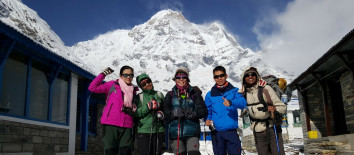
23rd Jan, 2017
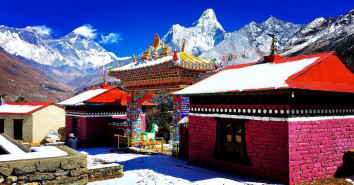
12th Jan, 2014
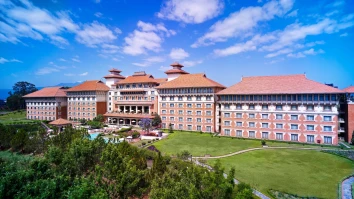
24th Apr, 2017
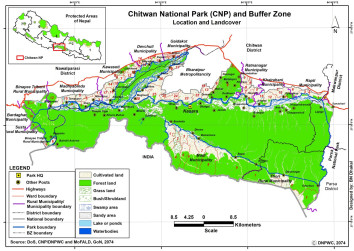
3rd Apr, 2014

3rd Jun, 2017
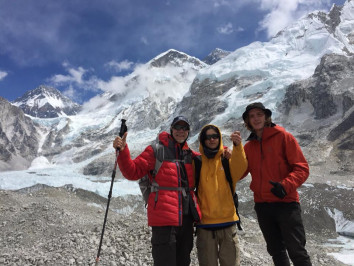
20th Jan, 2017
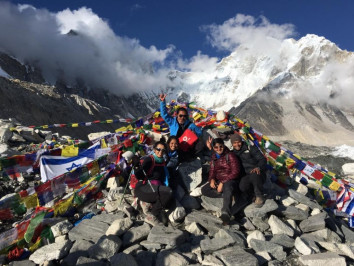
16th Jan, 2017
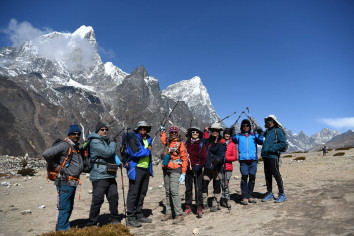
12th Jul, 2015

9th Apr, 2019
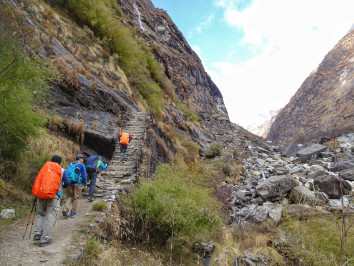
9th Jan, 2014
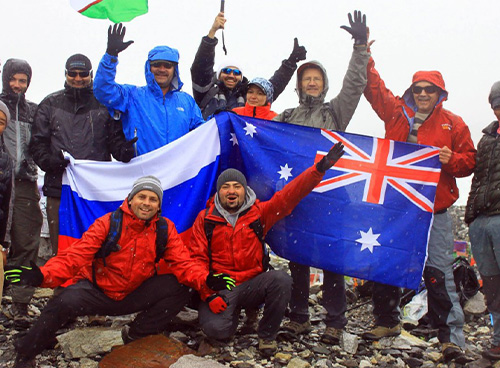
4th Apr, 2019

2nd Jan, 2014

2nd Apr, 2019

2nd Jan, 2014
-1.jpg)
30th Jan, 2017
-1.jpg)
4th Oct, 2018

16th Oct, 2018
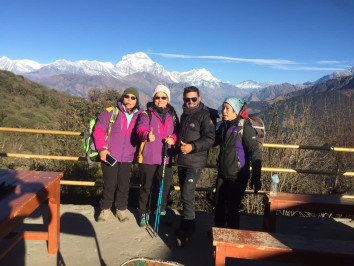
9th Oct, 2018
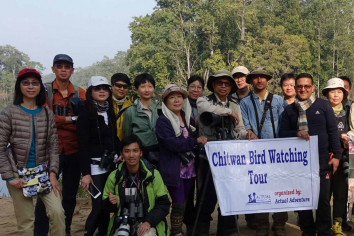
24th Jan, 2016
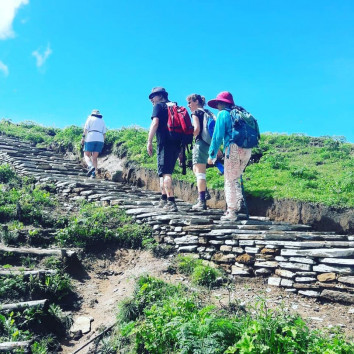
4th Oct, 2018
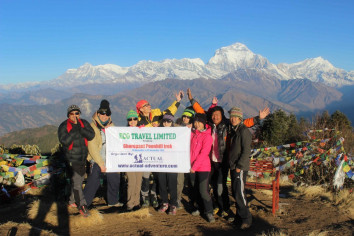
24th Aug, 2022

8th Sep, 2022
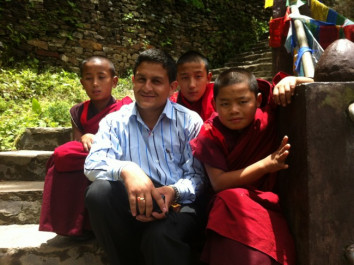
15th Sep, 2022
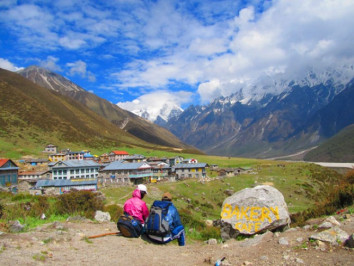
3rd Mar, 2023
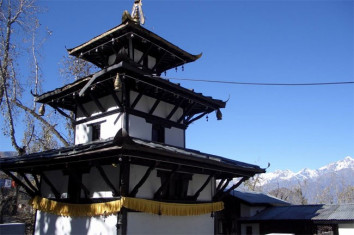
7th Mar, 2023
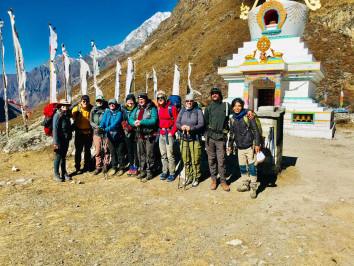
27th Mar, 2023

5th Apr, 2023

12th Apr, 2023
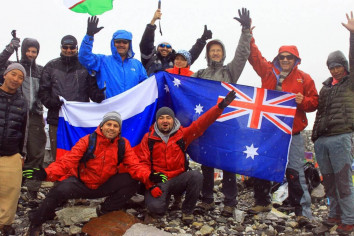
21st Apr, 2023
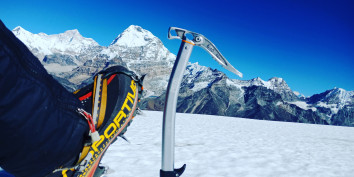
24th Apr, 2023
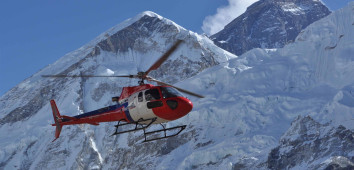
27th Apr, 2023
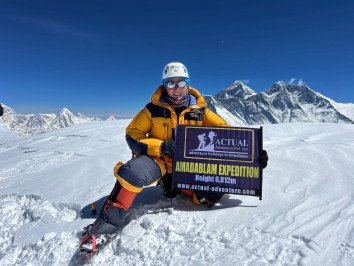
1st May, 2023
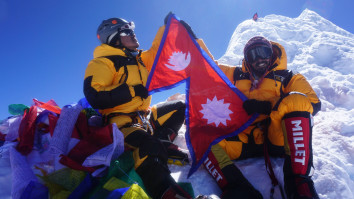
1st May, 2023
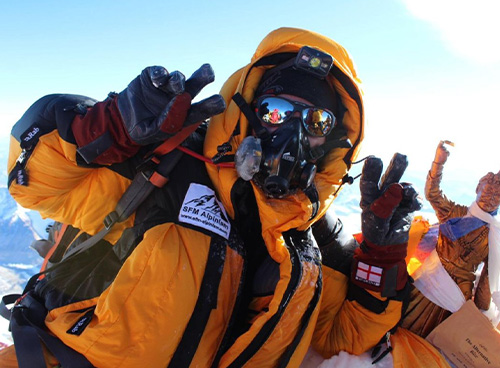
3rd May, 2023
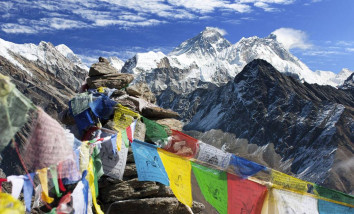
18th May, 2023

19th May, 2023
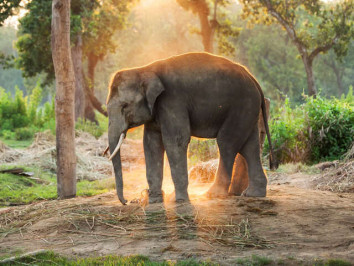
16th Jul, 2023

16th Jul, 2023
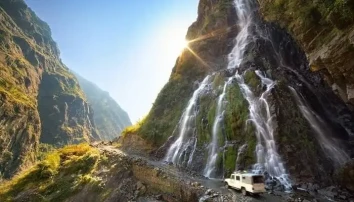
16th Jul, 2023
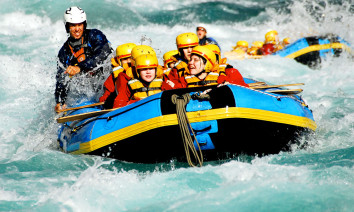
16th Jul, 2023
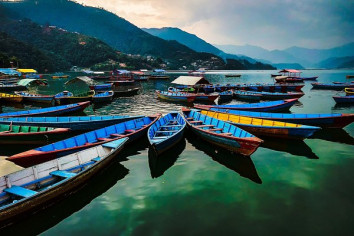
17th Jul, 2023

17th Jul, 2023

17th Jul, 2023

17th Jul, 2023

17th Jul, 2023
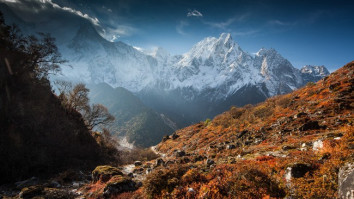
17th Jul, 2023

17th Jul, 2023

20th Jul, 2023
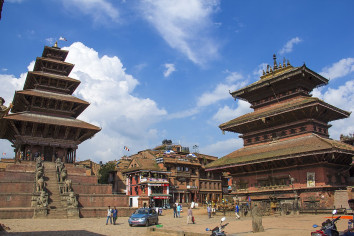
21st Jul, 2023

27th Jul, 2023
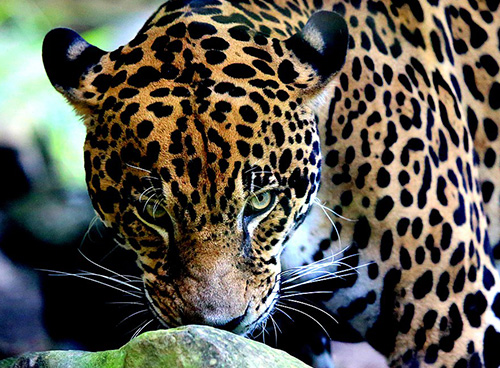
30th Jul, 2023
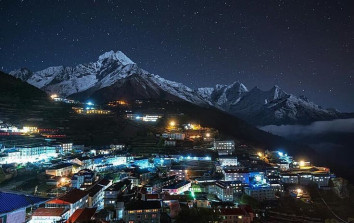
30th Jul, 2023
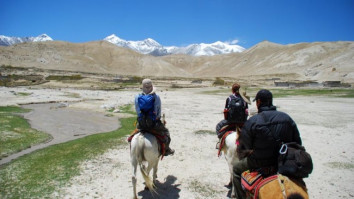
21st Aug, 2023

22nd Aug, 2023
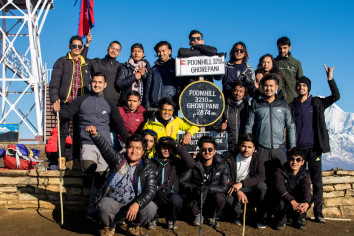
28th Aug, 2023
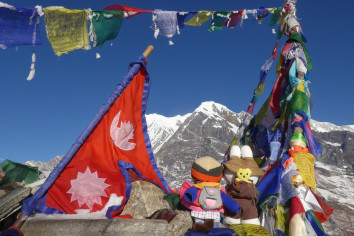
6th Oct, 2023

5th Nov, 2023

7th Nov, 2023

19th Nov, 2023
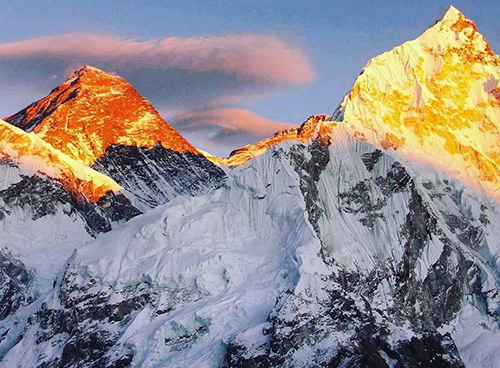
25th Nov, 2023

1st Dec, 2023
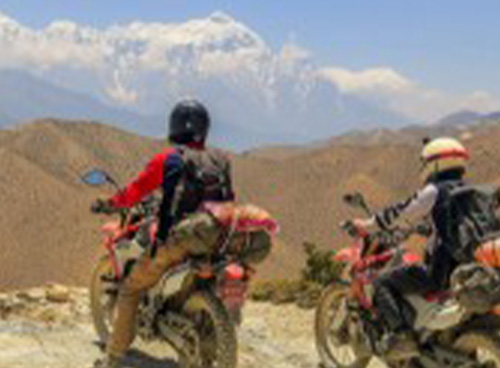
3rd Dec, 2023

13th Dec, 2023
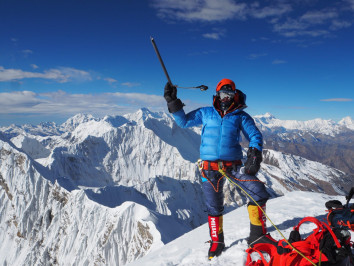
13th Dec, 2023

13th Dec, 2023

21st Dec, 2023
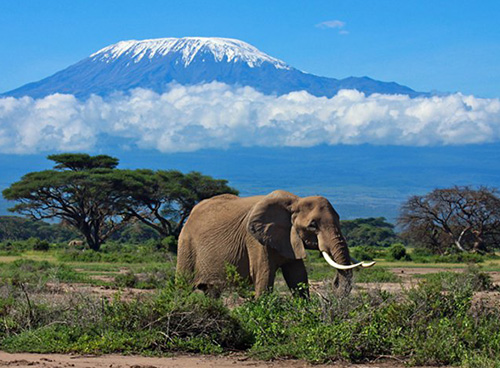
21st Dec, 2023
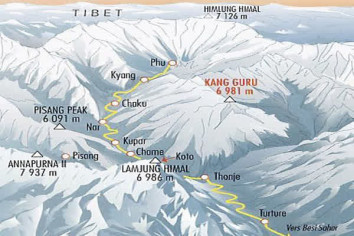
23rd Dec, 2023
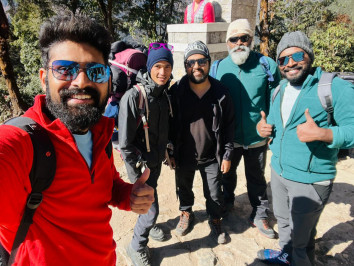
25th Dec, 2023

25th Dec, 2023

31st Dec, 2023
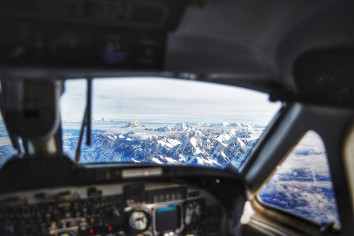
31st Dec, 2023
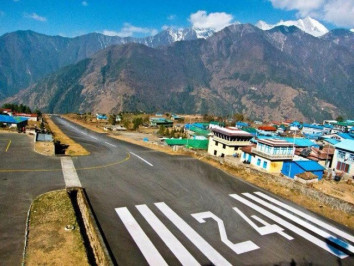
31st Dec, 2023
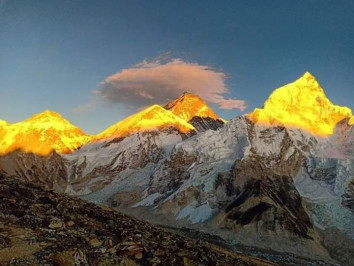
1st Jan, 2024
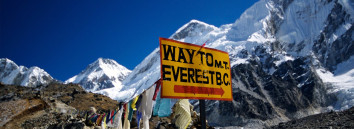
2nd Jan, 2024

2nd Jan, 2024
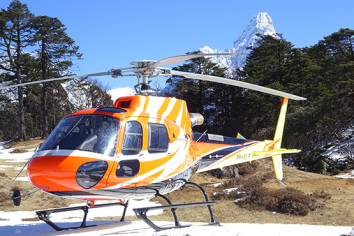
2nd Jan, 2024
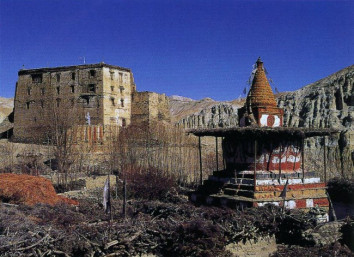
3rd Jan, 2024
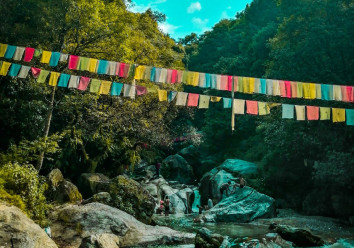
4th Jan, 2024

4th Jan, 2024
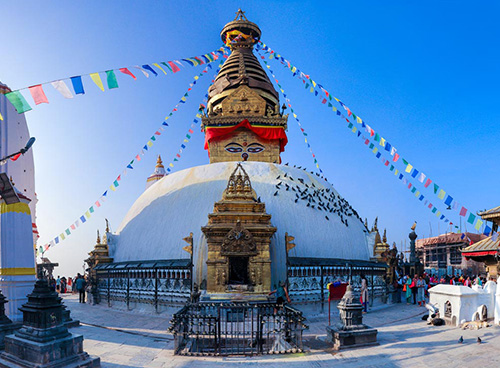
4th Jan, 2024
.jpg)
4th Jan, 2024

4th Jan, 2024
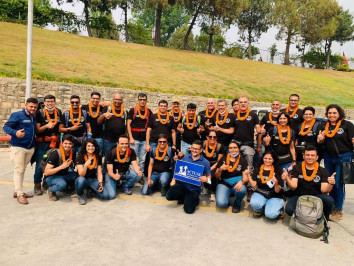
4th Jan, 2024

5th Jan, 2024
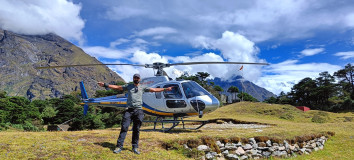
6th Jan, 2024
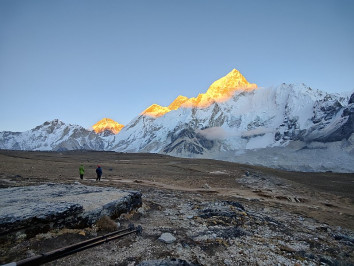
6th Jan, 2024
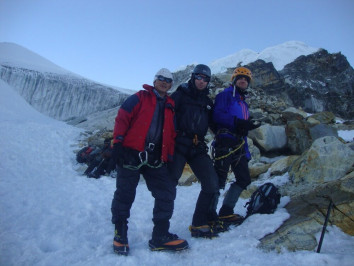
9th Jan, 2024
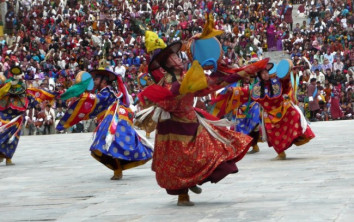
10th Jan, 2024

10th Jan, 2024

10th Jan, 2024
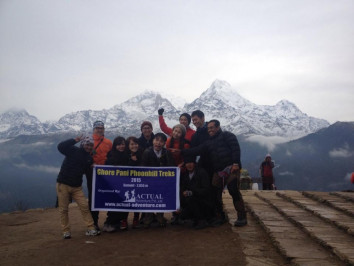
10th Jan, 2024
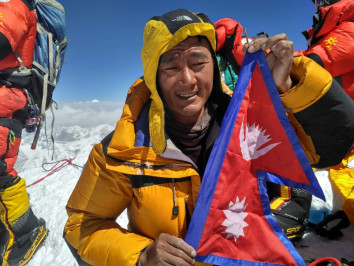
11th Jan, 2024
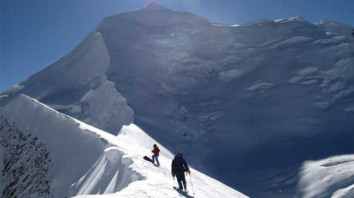
11th Jan, 2024

12th Jan, 2024

12th Jan, 2024
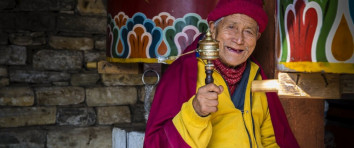
13th Jan, 2024
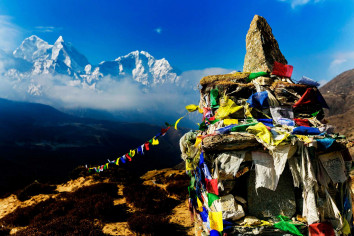
14th Jan, 2024
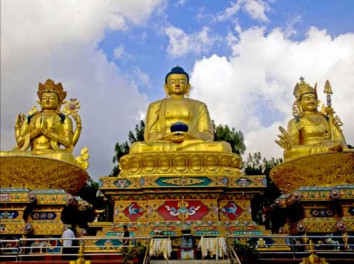
14th Jan, 2024

15th Jan, 2024
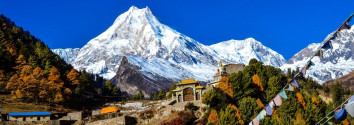
15th Jan, 2024
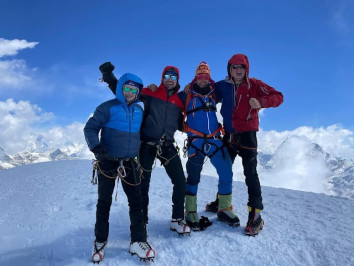
15th Jan, 2024
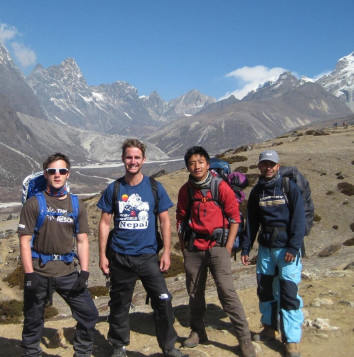
16th Jan, 2024
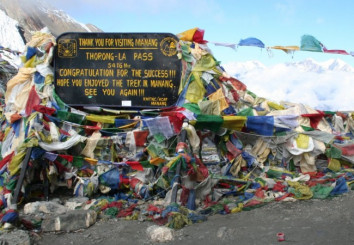
16th Jan, 2024
.jpg)
16th Jan, 2024
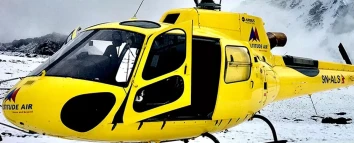
16th Jan, 2024
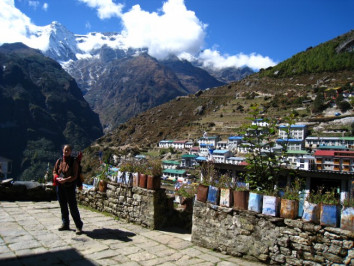
18th Jan, 2024
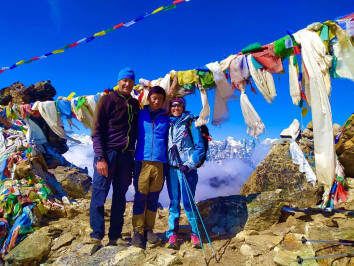
24th Jan, 2024
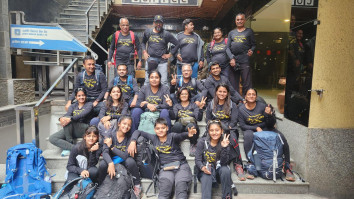
26th Jan, 2024
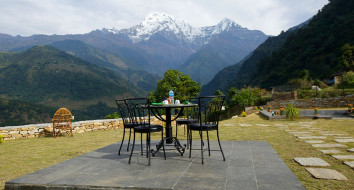
28th Jan, 2024
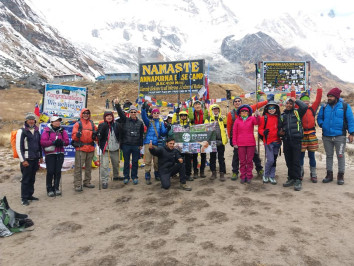
28th Jan, 2024
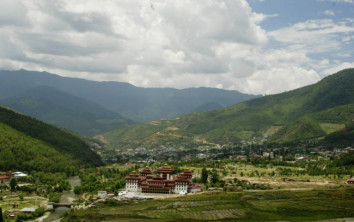
30th Jan, 2024
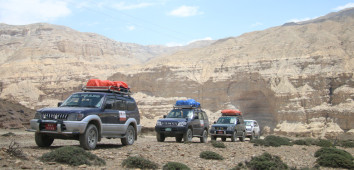
30th Jan, 2024
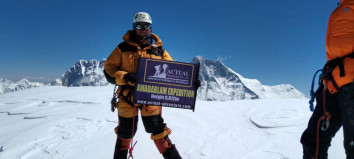
2nd Feb, 2024

2nd Feb, 2024

2nd Feb, 2024
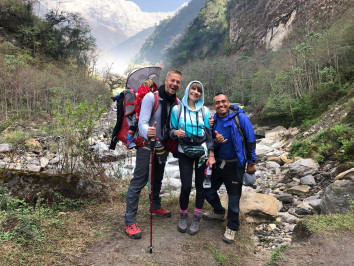
3rd Feb, 2024
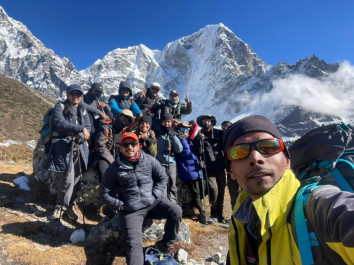
4th Feb, 2024

8th Feb, 2024
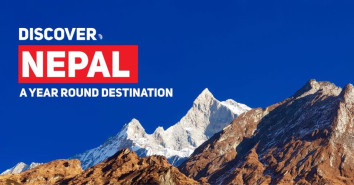
9th Feb, 2024

10th Feb, 2024
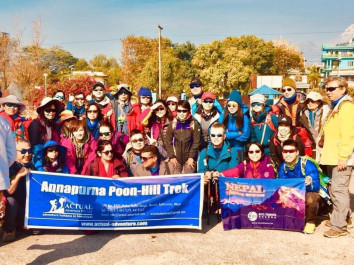
10th Feb, 2024

11th Feb, 2024

12th Feb, 2024

12th Feb, 2024
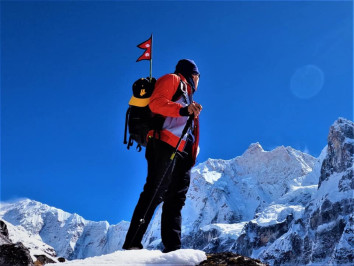
13th Feb, 2024
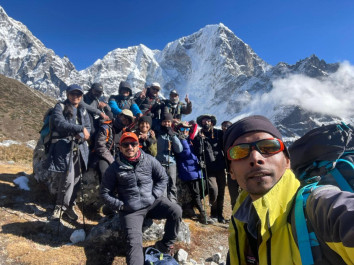
13th Feb, 2024
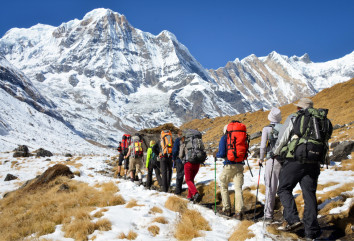
16th Feb, 2024
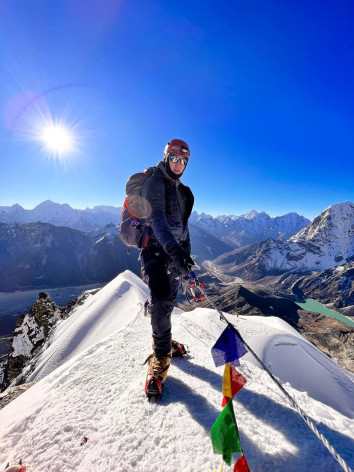
18th Feb, 2024

20th Feb, 2024
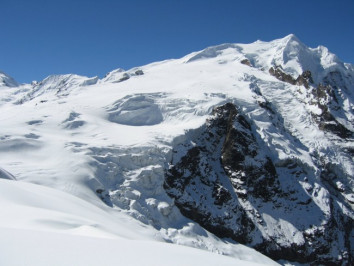
21st Feb, 2024
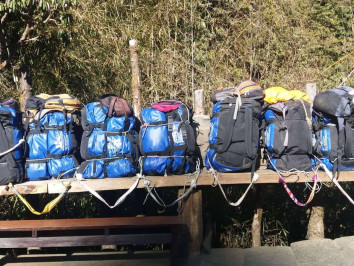
21st Feb, 2024

27th Feb, 2024
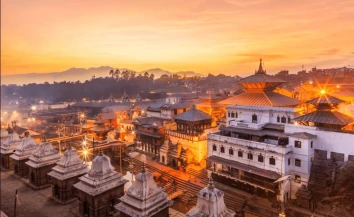
3rd Mar, 2024
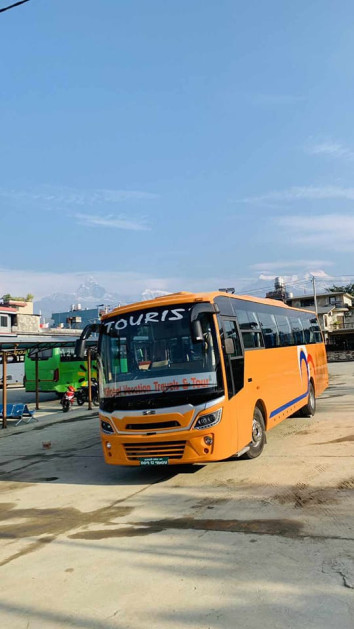
3rd Mar, 2024
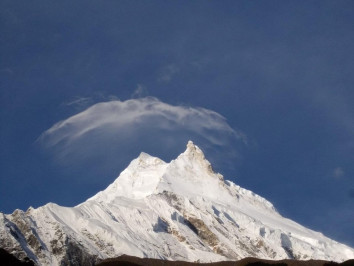
4th Mar, 2024
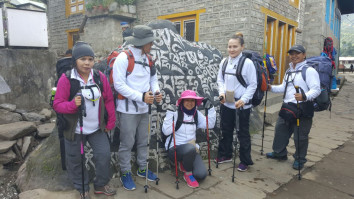
5th Mar, 2024
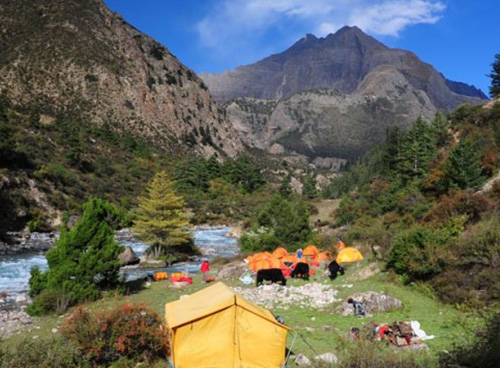
5th Mar, 2024

10th Mar, 2024

10th Mar, 2024

10th Mar, 2024
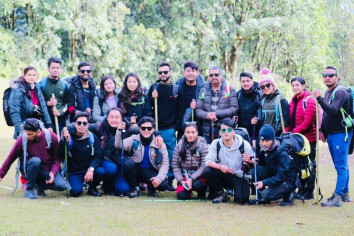
11th Mar, 2024

13th Mar, 2024

13th Mar, 2024
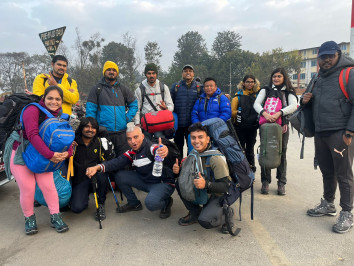
19th Mar, 2024
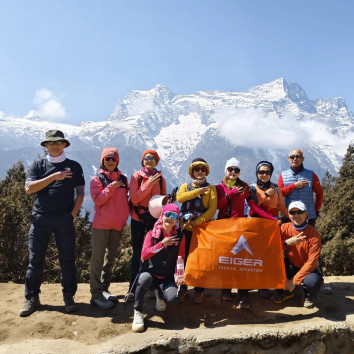
22nd Mar, 2024

26th Mar, 2024
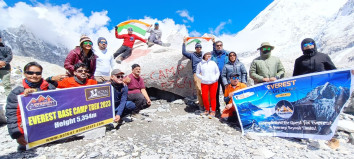
27th Mar, 2024

27th Mar, 2024
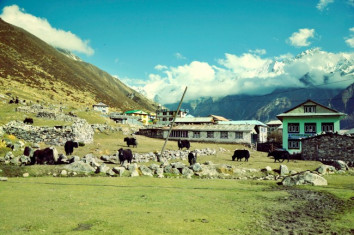
27th Mar, 2024
-1624864292-1.jpg)
28th Mar, 2024
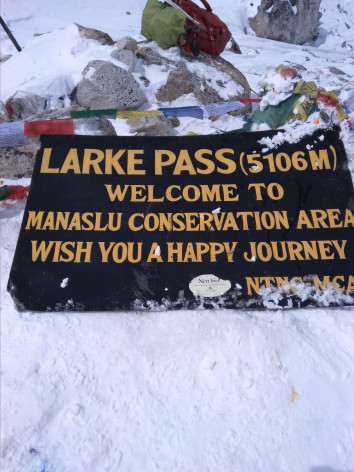
2nd Apr, 2024

2nd Apr, 2024

4th Apr, 2024
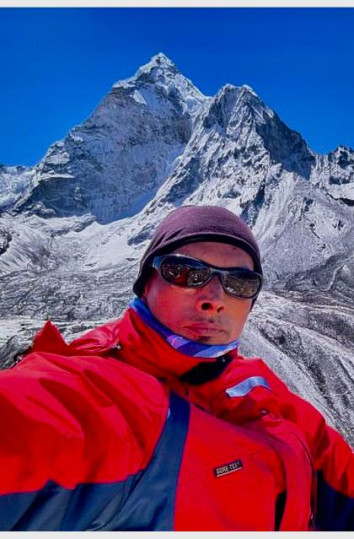
12th Apr, 2024
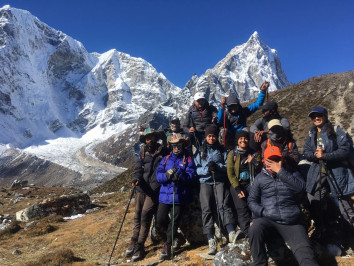



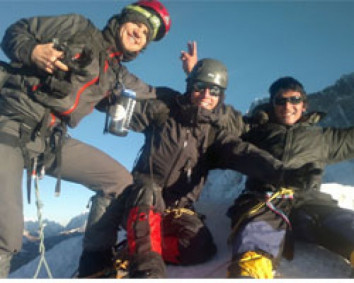
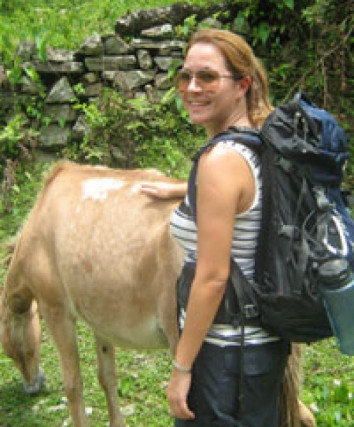
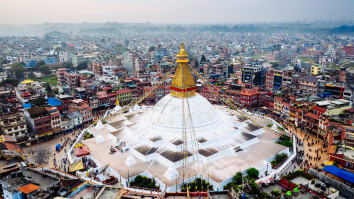


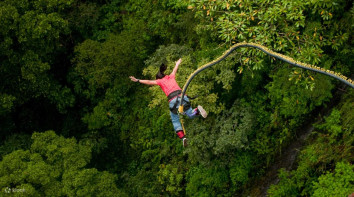
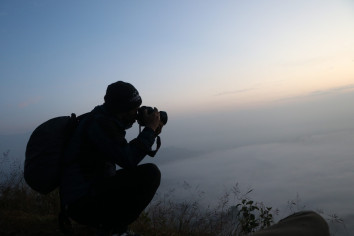
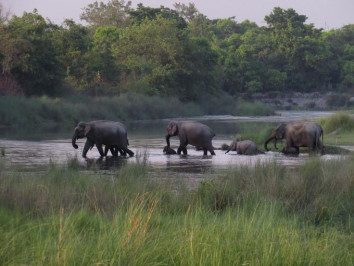
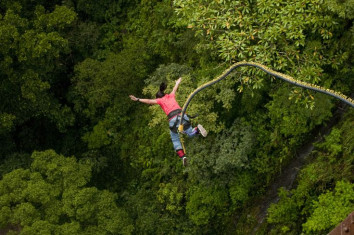
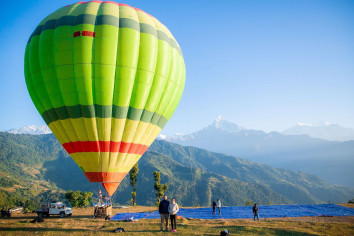


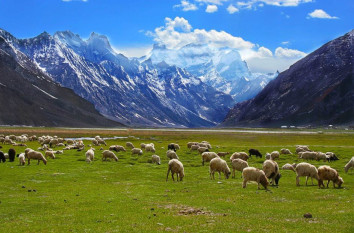



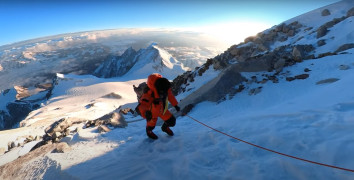
.jpg)

